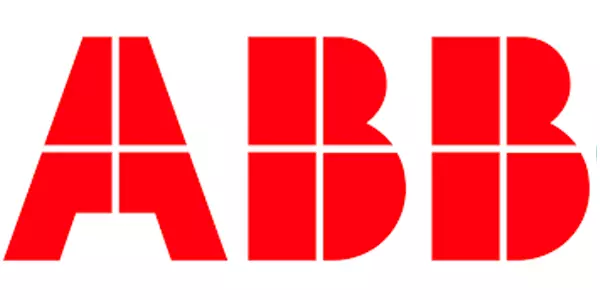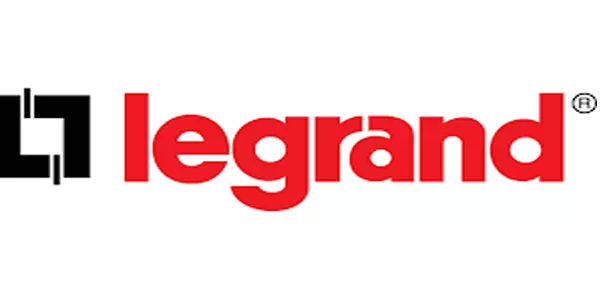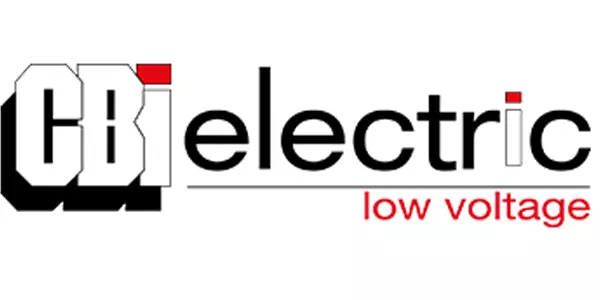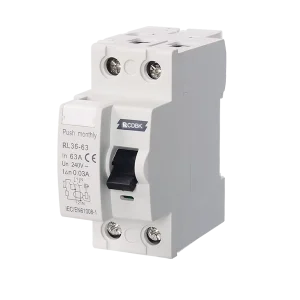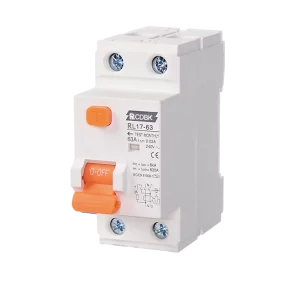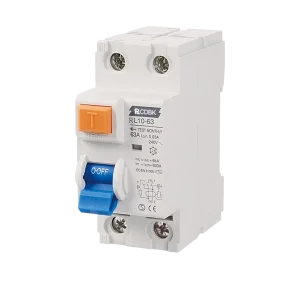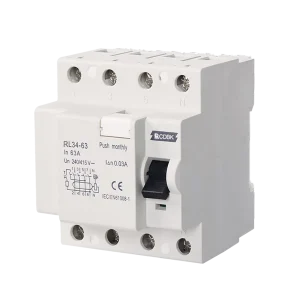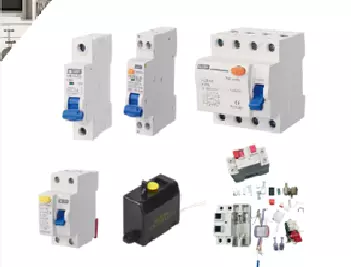RCDBK is one of circuit breaker manufacturers for over 20 years. As a manufacturer, we are very familiar with low voltage safety industry. In conclusion, we provide OEM or ODM for many circuit breaker brands, even for top 10 electrical companies. Therefore, if you need OEM or ODM breaker service, contact with us.
As we all know, a circuit breaker plays an important role in electrical system. Essentially, it’s an automatic switch. When it detects harmful conditions like overloads or short circuits, it interrupts the current flow.
Circuit breaker manufacturers– where to buy circuit breakers
How circuit breaker works
Sensing
The circuit breaker constantly monitors the flow of electricity through the circuit. It has a built-in sensor (often a bimetallic strip or an electromagnetic coil) that can detect abnormal conditions like an overload or a short circuit.
Tripping Mechanism
Opening the Contacts
Manual or Automatic Reset
Arc Suppression
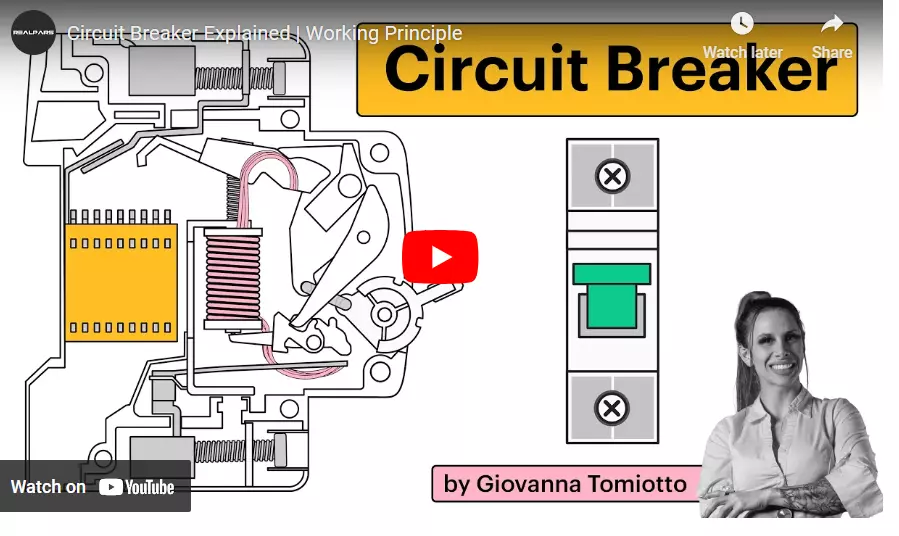
source from : https://youtu.be/SNBfppriDjc?si=-Vl7QnZXJIeBdXdi
When breaker trips
How to choose the right circuit breaker ?
Determine the Purpose:
Firstly,understand whether you need the breaker for a residential, commercial, or industrial application. Each type has specific requirements.
Voltage Rating:
Secondly, about the voltage. The circuit breaker voltage rating must match the system’s voltage. For most homes, this will be a single-phase 120/240V system, but industrial applications might use three-phase systems with higher voltages.
Current Rating:
Thirdly, calculate the maximum current that will flow through the circuit under normal conditions. This is often denoted as “Ampere” or “A”.
Consider any possible short-term overloads that the breaker should tolerate without tripping.
Type of Circuit Breaker:
MCB (Miniature Circuit Breaker): Used for small current circuits typically found in residential properties.
MCCB (Molded Case Circuit Breaker): Suitable for higher current circuits found in commercial and industrial settings.
ACB (Air Circuit Breaker): Used in large commercial premises where high fault levels might occur.
RCBO (Residual Current Breaker with Overload): Combines the features of an RCD and MCB, protecting against both earth faults and overloads.
RCD (Residual Current Device): Protects against earth fault currents, which can cause electric shocks.
Short Circuit Breaking Capacity:
Meanwhile, ensure the circuit breaker can handle the maximum short circuit current that might occur in the system.
Trip Curve:
Circuit breakers have various trip curves, like B, C, D, K, etc., which indicate how many times more than the rated current the breaker will trip in a given time. So,choose based on the nature of the loads in the circuit.
Physical Size and Installation Method:
Ensure the breaker fits in your existing panel or distribution board.
Number of Poles:
In sum, Single-pole for one hot wire, double-pole for two hot wires, triple-pole for three-phase systems, and so on.
Regulatory Compliance:
Certainly, Ensure the breaker meets the necessary safety and quality standards for your region, like IEC, UL, or ANSI.
Environmental Conditions:
In addation, some breakers are designed for specific conditions, such as marine or corrosive environments, extreme temperatures, or high altitudes.
Future Expansion:
If you anticipate increasing your electrical load in the future, consider a circuit breaker that can handle the additional capacity.
Lastly, always consult with an experienced electrician or electrical engineer when choosing a circuit breaker. They can provide insights based on the specific conditions and requirements of your setup.
Be your electrical product manufacturer
Wholesale circuit breakers, RCCB,RCBO,switch disconnector, core balanced current transformer.In short, Send inquiry for OEM, ODM, private label service.




